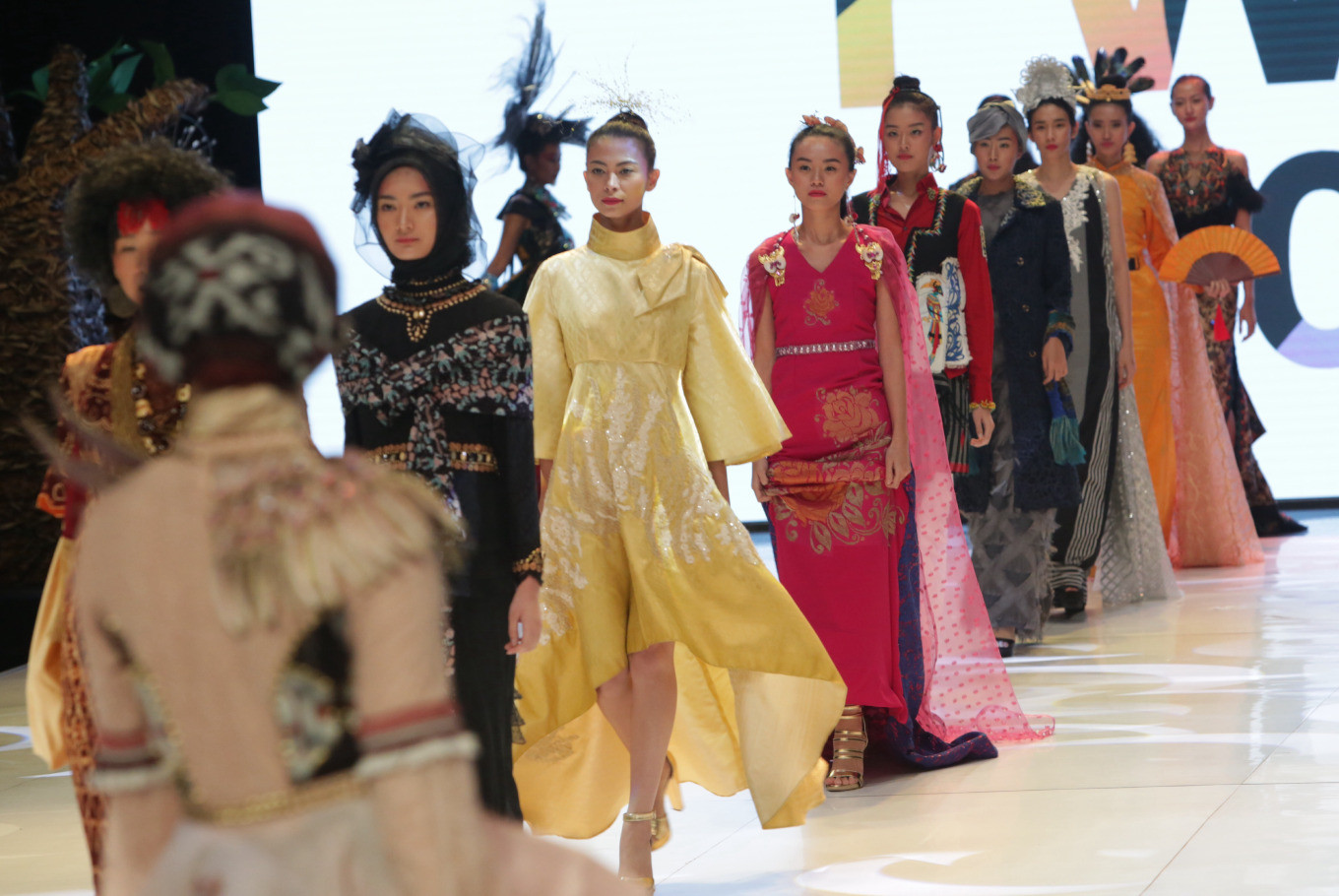Popular Reads
Top Results
Can't find what you're looking for?
View all search resultsPopular Reads
Top Results
Can't find what you're looking for?
View all search resultsAsia Pacific Rayon to export half of its viscose output
The viscose produced by APR is derived from the wood pulp of fast-growing trees.
Change text size
Gift Premium Articles
to Anyone
A
sia Pacific Rayon (APR), an affiliate of Asia’ major pulp and paper producer Asia Pacific Resources International Holdings, plans to export half of its viscose output to meet growing global demand for environmentally friendly basic material for the production of textiles.
The company’s plant located in Pangkalan Kerinci, Riau, which began commercial operation in March, produces viscose with a capacity of 240,000 tons a year.
APR director Basrie Kamba said in Jakarta on Monday that the company invested about Rp 10.9 trillion (US$765 million) for the construction of the viscose plant and supporting facilities. “We hope the factory can officially be inaugurated soon with the presence of [President Joko “Jokowi” Widodo],” he told The Jakarta Post.
The world market of viscose is still small compared to that of cotton and polyester, as consumers are still unaware of its advantages. “But we are quite optimistic that the market, especially at home, will continue to grow, as the fashion industry seeks more environmentally friendly materials for garments,” he said.
“If we compare it to cotton, viscose is more competitive. It is more expensive than polyester, but its comfort exceeds that of both of its competitors,” Basrie said.
Apart from its comfort and price, he claimed that the material sponged up more water and absorbed more color during its production than other materials, making it useful for various types of clothing. He also pointed out that viscose-rayon was environmentally friendly, as it was usually plant-based, unlike its counterpart polyester, which is widely blamed for micro plastic pollution.
The viscose produced by APR, which is Indonesia's largest integrated rayon factory, is derived from the ‘cellulose’ or wood pulp of fast-growing trees, such as acacia. The cellulose material is then dissolved in a chemical solution to produce a pulpy viscous substance, which is spun into fiber that can then be turned into threads.


















